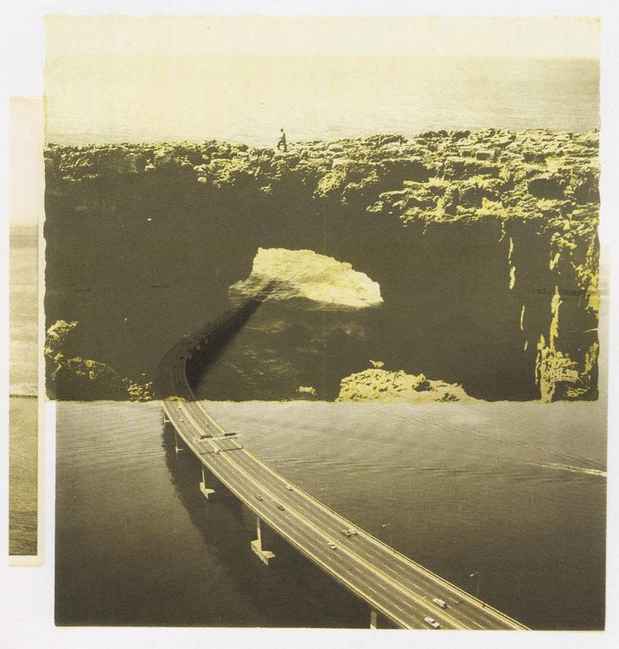"Building as Everydayness" Exhibition
Scaramouche

This event has ended.
Scaramouche presents the exhibition, "Building as Everydayness", uniting a group of artists living and working in Paris. Each of these artists utilizes architecture and the built environment as a starting point for exploring the forgotten histories, individual memories, and political events embedded in the inanimate and quotidian world. Working with a variety of media including sculpture, collage, video, and installation, the artists have adopted Henri Lefebrve's aim in the Critique of Everyday Life (1947) - that the "object of our study is everyday life, with the idea, or rather the project (the programme) of transforming it." However utopian this Modernist goal was in the 1940s, its triumphs and failures can be seen in the distinctive motifs running through the artists' work, in their examination of the physical ruins of Modernist architecture in the present-day, as well as the adoption of Modernist abstraction in the fields of commercial design and popular culture.
Raphaël Grisey's video Minhocão [The Big Worm] is a multi-layered portrait of a Rio de Janeiro housing complex built in the 1940s. A car with loudspeakers attached to its hood drives around the complex, broadcasting a text by Eduardo Affonso Reidy, the site's architect. Weaving scenes of the complex's current state of ill-repute, interviews, and extracts from a 1970s film shot there, the film raises issues about patrimony and memory in social housing. Like Grisey, Antonia Carrara's work focuses on present-day ruins of Modernist architecture. In Carrara's video Secret Portrait with W.B., a young man by the name of Walter Benjamin (the same as the Frankfurt School critical theorist) gives a guided tour of an island on Lake Como, Italy, winding you through the remains of artists' residences built on Mussolini's orders in the 1930s; Having never been inhabited, the buildings are now overrun by nature. Chloé Dugit-Gros' work is often an articulation of language, operating on the level of the image and the visual signal. Referring to urban cultural codes, and inspired by architectural motifs and their utopian potential, her installations bring together formal elements to compose a narrative sketch. Thomas Klimowski's Patterns series consists of collages that bring to light similarities between disparate landscapes, built environments and time-periods. He reveals iconographic semblances in observations of hard-edged geometric motifs and images of the natural and denaturalized world. Julia Rometti & Victor Costales' series of printed images is inspired by the previous work Without Rain, and is comprised of postcards depicting North and South American environments. Punctuated by 20th century interventions into the landscape, including skyscrapers and twisting highways, these settings lack the idyllic qualities usually associated with nostalgic souvenirs.
Media
Schedule
from January 15, 2012 to March 11, 2012
Opening Reception on 2012-01-15 from 16:00 to 18:00